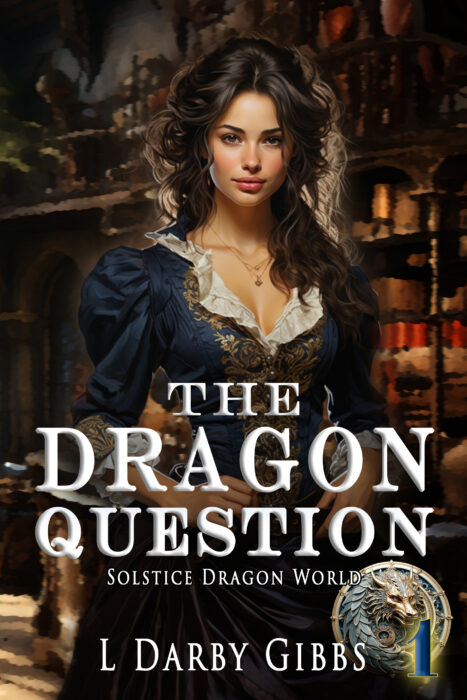My mind is full of words, but none of them are clinging to each other and the few that bump and hold together, however briefly, are whispering, and I can barely hear them over the din of all the phrases sloshing against each other in garbled conversation. It is not a creative day, not even…
Tag: creativity
Organize the bits and pieces. I’m brushing my teeth and an image comes to mind. It’s intriguing, and I feel the need to race for my computer, but I have to get ready for work. There is no time to pursue this image and the possibilities it offers. So I head for the library catalog…
What if she was real a moment ago? It is the What Ifs that writers bring into reality. What if kids had to fight to the death to earn a position in society? What if everybody was altered to fit into one of five personality types? Questions and possibilities are what we build our stories…
Creativity: Uses your whole brain. In the past the right brain was established as “conceptual, holistic, intuitive, imaginative and non-verbal” according to the Scientific American article “Is it true that creativity resides in the right hemisphere of the brain?” It was later replaced by the whole-brain theory which is covered by Ned Herrmann who wrote…
Sometimes hitting the books (internet, encyclopedia, local expert) is the best way to galvanize creativity. Immerse yourself in something that interests you. The information may not become useful right away, but then an internal click will sound and that knowledge will have a place. An unplanned immersion for me has been Alzheimer’s and Dementia. My…
Multitask the process of writing Let’s face it, if you are working at a job that you enjoy and that also pays the bills and writing for publication in your free time, than multitasking is probably a necessary evil. I don’t advocate the idea of using up every moment for productive result at all times:…
Overwhelmed by stuff, use anticipation to inspire. Creativity is best when the appetite is wet. I have already said that teaching encroaches on my writing time. Remember the movie The Thing? That is the life of the English teacher: pursued by an engulfing pile of stuff. The teaching thing just eats everything up. So I…
Be ready to pounce on the writing moment. So last week I blogged about how creativity can be dependent upon routine. I do use this to a degree during the summer months, but I am just as likely to use the capture mode. This is when you sit down to do one thing and inspiration…
